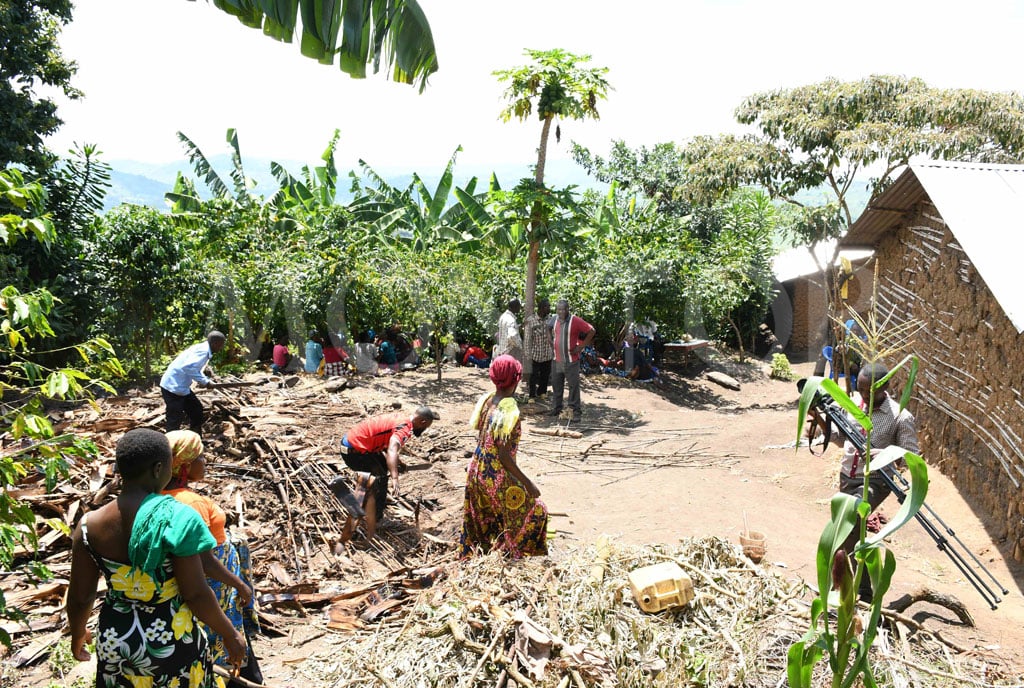Why survival rate among cancer patients remains low

The commissioner for non-communicable diseases in the Ministry of Health Dr Charles Ayoo (R), Dr Charles Olaro, the director of curative services at the ministry (C) interact with Dr Andrew Hockey, oncology lead, Global Health Unit during the project launch held at the cancer institute in Mulago July 13. Photo | Jane Nafula
What you need to know:
- Dr Charles Olaro, director for curative services at the Ministry of Health, acknowledged that inadequate early detection services are a significant challenge.
Uganda's Cancer Institute has sounded an alarm over the low survival rate among cancer patients, attributing it to late detection of the disease.
According to the head of Community Cancer Services, Dr Alfred Jatho, a staggering 80 per cent of patients seek medical attention when the disease has already progressed to advanced stages (stage 3 and 4), limiting their chances of recovery.
"The cure for cancer is currently possible in early stages of the disease. Unfortunately, only 20 per cent of patients come in early, leaving only a small window of opportunity for successful treatment," Dr. Jatho lamented during the launch of the "A Focus on Breast Cancer in Uganda and Zambia" project on Saturday.
The project, funded by SANOFI pharmaceutical company through Tropical Health and Education Trust (THET) and in partnership with the Ministry of Health and Uganda Cancer Institute, aims to tackle the breast cancer crisis in Arua and Mbarara cities. An estimated 440,000 people are expected to benefit from breast cancer screening and awareness creation services over the next two and a half years.
Dr Charles Olaro, director for curative services at the Ministry of Health, acknowledged that inadequate early detection services are a significant challenge. However, he expressed optimism that the establishment of regional cancer centres would increase access to timely cancer services.
"In Uganda, cancer remains a leading cause of death among women. We have achieved a great deal but we are far from reality," he asserted.
Cervical cancer and breast cancer remain the comment types of cancer in Uganda respectively.
Dr Sheba Gita, executive director of THET, emphasized the project's focus on building capacity for health workers and community health teams to improve their knowledge on breast cancer prevention and detection.
"The purpose of this project is to increase awareness and build the capacity of health teams to be able to detect some of these cases early enough," he said.
Dr Jackson Orem, executive director of the Cancer Institute, stressed the importance of awareness and taking services closer to the people.
Dr Charles Ayoo, commissioner for non-communicable diseases at the Ministry of Health, urged those suspecting to have cancer to seek timely medical care and avoid self-medication.
The project's launch comes as Uganda grapples with a high cancer burden, with cervical and breast cancer being the most common types. According to Dr. Olaro, only 6,000 to 7,000 of the estimated 30,000 reported cases are attended to at the cancer institute.




